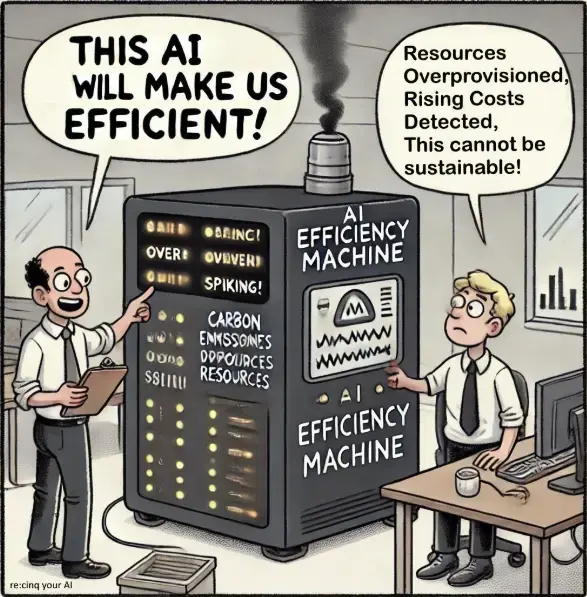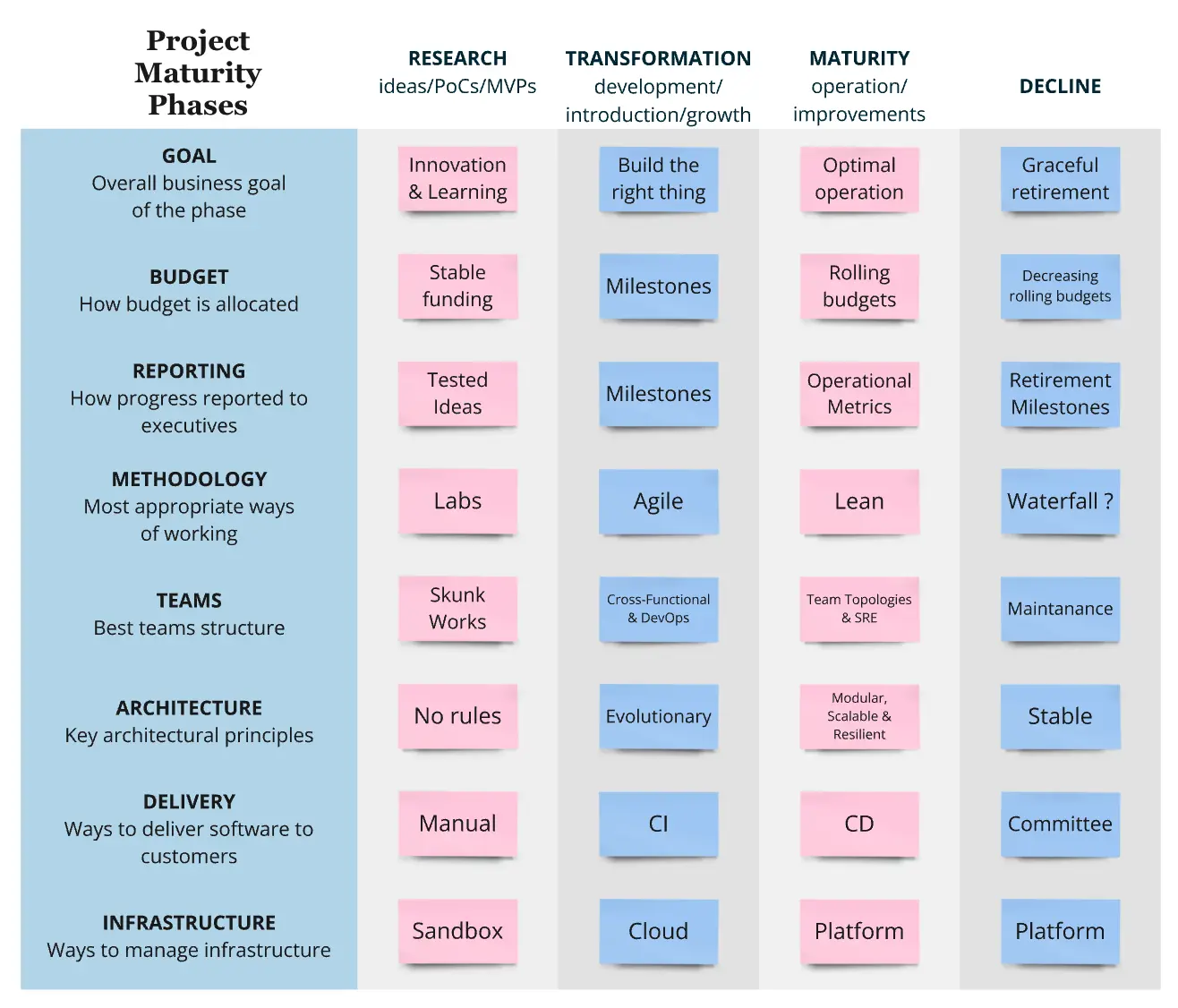
Lean Software Development: Reducing Agile's Environmental Impact
Could a small consumer price increase drive the massive investment needed to tra…
I recently watched a thought-provoking TED Talk by Jens Burchardt from BCG How we can curb climate change by spending two percent more on everything. He presents a compelling idea: let's tackle climate change by paying just a 2% markup on consumer products. This extra cost could finance the cleaner production of materials like steel, which often comes with a heavy carbon footprint.
Industries like steel making generate massive carbon emissions, due to their reliance on coal and fossil fuels. Upgrading to cleaner processes takes innovation and huge investments. Steelmakers say a 50% price increase would be needed, but in a competitive market, that's a recipe for disaster.
From a consumer perspective, the 2% idea seems feasible. Think of the extra you might spend for a low-emissions car (which uses about 2 tons of steel). It wouldn't break the bank compared to those fancy wheels you've been eyeing. Globally, a 2% surcharge could make a massive impact if we consider $100 trillion global annual GDP.
We already pay premiums for eco-friendly products, proving consumers are often willing. Unfortunately, greenwashing is rampant, with companies exploiting this for profit without delivering real change. Thanks to tighter EU regulations EU to ban greenwashing and improve consumer information on product durability, this will become harder.
But even with honest intentions, there's a catch-22: Carmakers won't market "green" cars until they use low-carbon steel. Steelmakers won't invest in cleaner production without buyers for their pricier steel. It's a stalemate with neither side able to make the risky first move.
This problem extends deep into supply chains. While consumers may drive “green” demand in the B2C world, steelmakers are far removed, operating in a B2B world. They can't just jack up prices, even for a good cause or they will risk going out of business due to tiny margins in the steel making industry. And even if they could sell for a 50% increase in price, they still lack the capital to invent new technologies and rebuild the factories.
Fair Trade offers a glimmer of hope. That model succeeded in passing along cost increases to consumers, benefiting producers at the start of the chain. Can something similar work for industrial emissions?
A carbon tax seems inevitable, though whether it would effectively accelerate change is up for debate. There's also a strong argument for a mix of other approaches:
Companies like re:cinq, focused on reducing emissions for businesses, face the same dilemma. Enterprises are preoccupied with feature development and short-term profits. While there's increasing investment in sustainability marketing and carbon accounting, overhauling product development and operations for a greener future isn't the priority it needs to be.
How do we convince busy IT leaders (CIOs, CTOs, etc.) that even a modest investment of time and resources into emissions reduction is critical?
We need to create a greater sense of urgency. While surveys show IT leaders recognize the importance, the boots-on-the-ground reality lags behind, especially in smaller firms less affected by immediate regulations and demand for CSRD reporting.
Appealing to altruism rarely works. What's needed is a combination of commercial pressure (the rising cost of doing things the old way) and stricter regulations. Greenwashing will backfire on large enterprises, creating further incentive for real action.
Ultimately, regulation similar to what we saw with GDPR might be the only way to force the issue. But with climate change, every day of delay hurts.
How do we speed things up?

Could a small consumer price increase drive the massive investment needed to tra…

Strategic approaches to IT accountability: Aligning cost optimization, resource…

Discover Cloud Native transformation: from Agile and breaking monoliths to opera…
Get a shared vocabulary of proven Transformation Patterns, common Anti-Patterns, and Paradigm Patterns to have more effective, data-driven conversations about your strategy and architecture.
For a personalized starting point, take our free online assessment. Your results will give you a detailed report on your current maturity and suggest the most relevant patterns to focus on first.
Every Tuesday, we deliver one short, powerful read on AI Native to help you lead better, adapt faster, and build smarter—based on decades of experience helping teams transform for real.